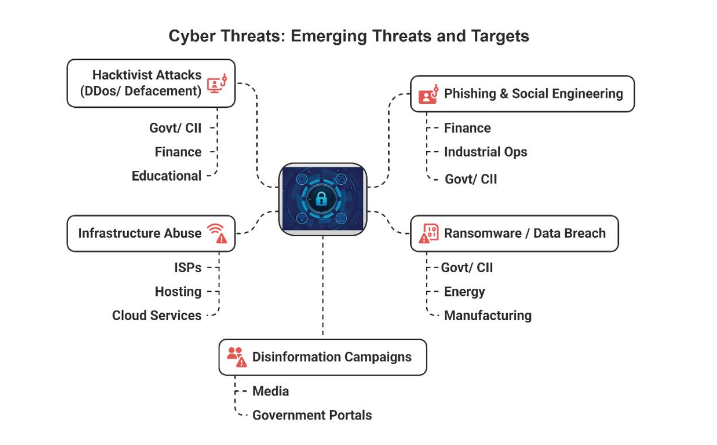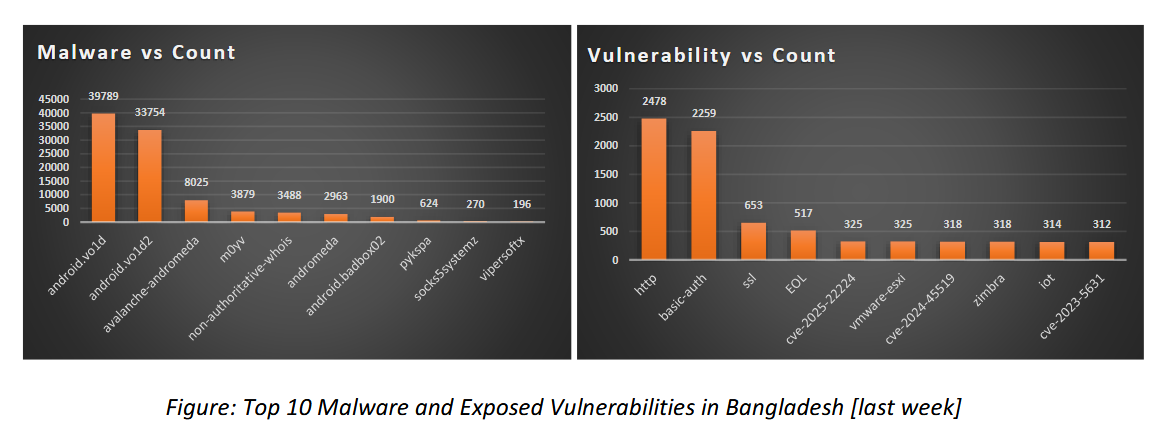Cisco Products Could Lead to Arbitrary Code Execution
by CIRT Team
DESCRIPTION:
Multiple vulnerabilities have been discovered in Cisco’s SD-WAN, DNA
Center, and Smart Software Manager Satellite products, the most severe
of which could allow for arbitrary code execution with system privileges.
* SD-WAN is used for cloud-based network architecture
* DNA Center is a management platform for the Digital Network
Architecture product
* Smart Software Manager is an enterprise product activation key/license
manager
Successful exploitation of the most severe of these vulnerabilities
could allow an attacker to execute arbitrary code with system
privileges, with which an attacker could view, change, or delete any data.
IMPACT:
Multiple vulnerabilities have been discovered in Cisco’s SD-WAN, DNA
Center, and Smart Software Manager Satellite products, the most severe
of which could allow for arbitrary code execution in the context of the
system process. Exploits can be triggered via specially crafted user
input that is incorrectly validated, causing buffer overflows and
command injections. Details of the vulnerabilities are as follows:
SD-WAN
* A buffer-overflow vulnerability that occurs due to incorrect handling
of IP traffic (CVE-2021-1300)
* A buffer-overflow vulnerability that occurs due to insufficient input
validation of user-supplied input that is read by the system during the
establishment of an SSH connection (CVE-2021-1301)
DNA Center
* A command injection vulnerability that occurs due to insufficient
input validation of user input within the Command Runner tool
(CVE-2021-1264)
Cisco Smart Software Manager Satellite
* Multiple command injection vulnerabilities that occur due to
insufficient input validation of user input within the web UI
(CVE-2021-1138, CVE-2021-1140, CVE-2021-1142)
* Multiple command injection vulnerabilities that occur due to
insufficient input validation of user input within the web UI and
provide system privileges (CVE-2021-1139, CVE-2021-1141)
Successful exploitation of the most severe of these vulnerabilities
could allow an attacker to execute arbitrary code with system
privileges, with which an attacker could view, change, or delete any
data. Application of Principle of Least Privilege is only effective for
vulnerabilities that do not grant system privileges.
SYSTEM AFFECTED:
* Cisco IOS XE SD-WAN prior to version 16.12.4
* Cisco IOS XE Universal 17.2, 17.3, 17.4
* Cisco SD-WAN 18.X prior to version 18.4.5
* Cisco SD-WAN 19.2.X prior to version 19.2.2
* Cisco SD-WAN 19.3.0
* Cisco SD-WAN 20.1, 20.3, 20.4
* Cisco SD-WAN vBond Orchestrator
* Cisco SD-WAN vEdge Cloud Routers
* Cisco SD-WAN vEdge Routers
* Cisco SD-WAN vManage Software
* Cisco SD-WAN vSmart Controller
* DNA Center Software versions prior to 1.3.1
* Cisco Smart Software Manager Satellite versions prior to 6.3.0
RECOMMENDATIONS:
* Install the updates provided by Cisco immediately after appropriate
testing.
* Block external access at the network boundary, unless external parties
require service. If global access isn’t needed, filter access to
vulnerable hosts at the network boundary.
* Apply the Principle of Least Privilege to all systems and services;
run all software as a nonprivileged user with minimal access rights.
REFERENCES:
* https://tools.cisco.com/security/center/content/CiscoSecurityAdvisory/cisco-sa-sdwan-bufovulns-B5NrSHbj
* https://tools.cisco.com/security/center/content/CiscoSecurityAdvisory/cisco-sa-dnac-cmdinj-erumsWh9
* https://tools.cisco.com/security/center/content/CiscoSecurityAdvisory/cisco-sa-cssm-multici-pgG5WM5A











